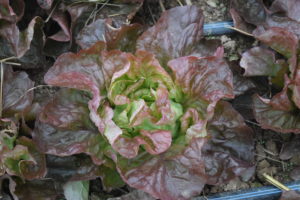Fresh veggies all year! Does this seem like an impossible dream? Well, it’s not anymore thanks to the development of high tunnels. What are high tunnels you might ask? A high tunnel is very similar to a greenhouse, but with a few differences. In a high tunnel plants are grown in the soil verses growing into pots or a hydroponic system in a greenhouse. A second major difference is no heat in the high tunnel. While this doesn’t allow for growing tomatoes all year, cold hardy plants like carrots or spinach can be grown through out the winter. We are very excited to build our first high tunnel so we can extend our growing season.
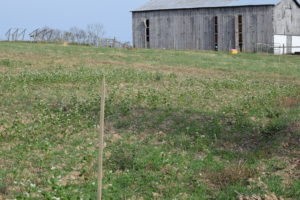
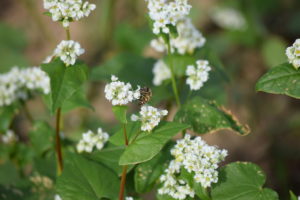
A mixture of buckwheat and oats were grown as a cover crop during the summer of 2016 on our high tunnel site to prepare the soil.
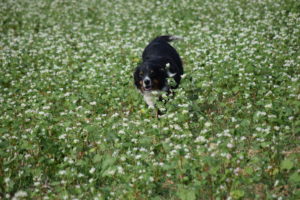
In November 2016 we made a road trip to pick up the high tunnel which came in a lot of pieces.

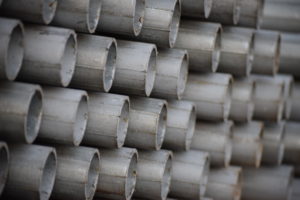
Once we had all those pieces the fun really starts. After laying out the site, it was time to start digging the holes for the ground posts.

About a month later this is the exciting day that we are finally covering the roof with plastic.
In December of 2016, we finally finished the high tunnel. We grew a cover crop of winter wheat to protect the soil and keep living roots for the soil microbes until we were able to plant our first crops.
March of 2017 we planted our first crops in the high tunnel: tomatoes, peppers, eggplant, squash and zucchini.
We had a great first crop in the high tunnel. The high tunnel provides so many benefits for our crops. The first benefit is that is keeps the rain off the crops and soil. Keeping moisture off the plant’s leaves helps prevent diseases. The rain can also splash soil onto the plant’s leaves and the soil can carry plant disease causing microbes (fyi plant diseases don’t make people sick, only plants). Since we grow with organic methods, we add compost and natural fertilizers to help our plants grow. The rain can leach out nutrients and wash them away. Without the rain our nutrients stay were we put them and we don’t have to add as much fertilizer.
The bad thing about not having rain on the plants is that aphid populations can really build up. The rain can wash the aphids off the plants. Aphids are tiny insects that like to suck juices out of plants. Since we don’t spray synthetic chemicals we had to find another way to get rid of the aphids. We released lady bugs and they did a good job eating the aphids. Lady bugs don’t get rid of the aphid immediately like a toxic spray. You have to patient and let the lady bugs eat. We also got a bonus of lacewings, another insect that likes to eat aphids. We didn’t release the lacewings, they just flew into the high tunnel on their own.
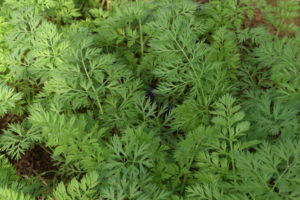 carrots can with stand cold temperatures
carrots can with stand cold temperatures
Skyphos butterhead lettuce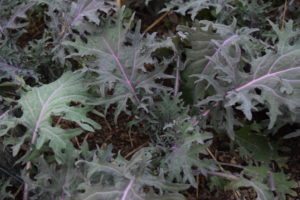 Red Russian Kale
Red Russian Kale
In October we started planting the winter crops in the high tunnel. We direct seeded carrots and spinach and transplanted lettuce and kale. Since the tomatoes were still producing into October we tried to keep the plants as long as possible. It was really hard emotionally to pull out those tomato plants that were still producing, but we had to get the winter plants in the ground so they had time to grow before the cold weather set in. We left a few tomato plants just to see how long they would live and they survived to mid-November. We have been enjoying fresh lettuce, kale, spinach, and carrots all winter.
Its amazing the huge temperature differences between the outdoor temperatures and the high tunnel temperatures. Outside it can below freezing with snow and on sunny days it will be 60 degrees in the high tunnel.
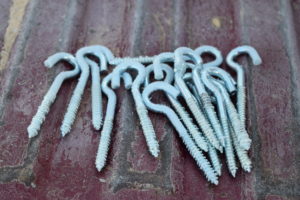
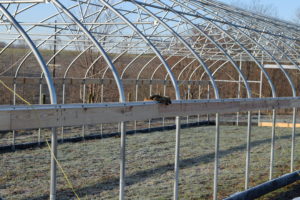
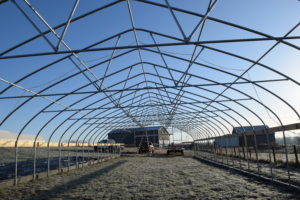
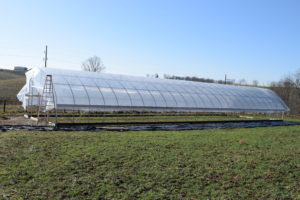
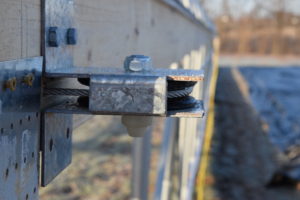
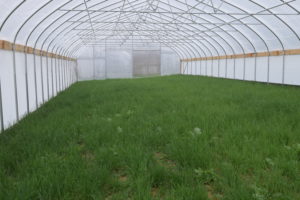
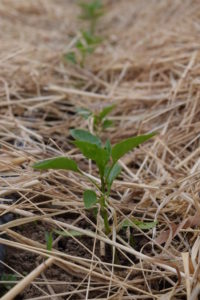




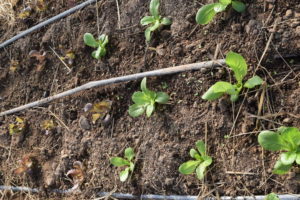
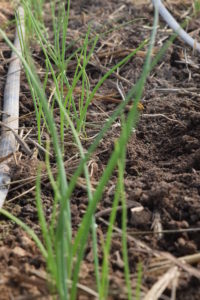 green onions
green onions